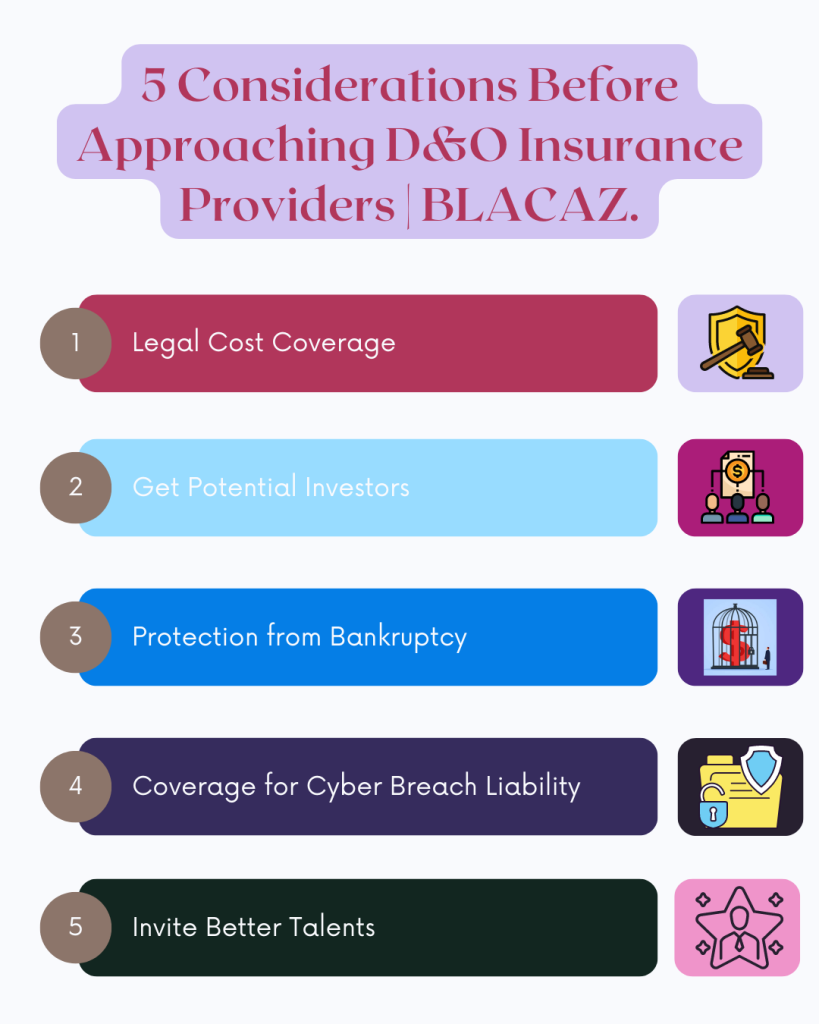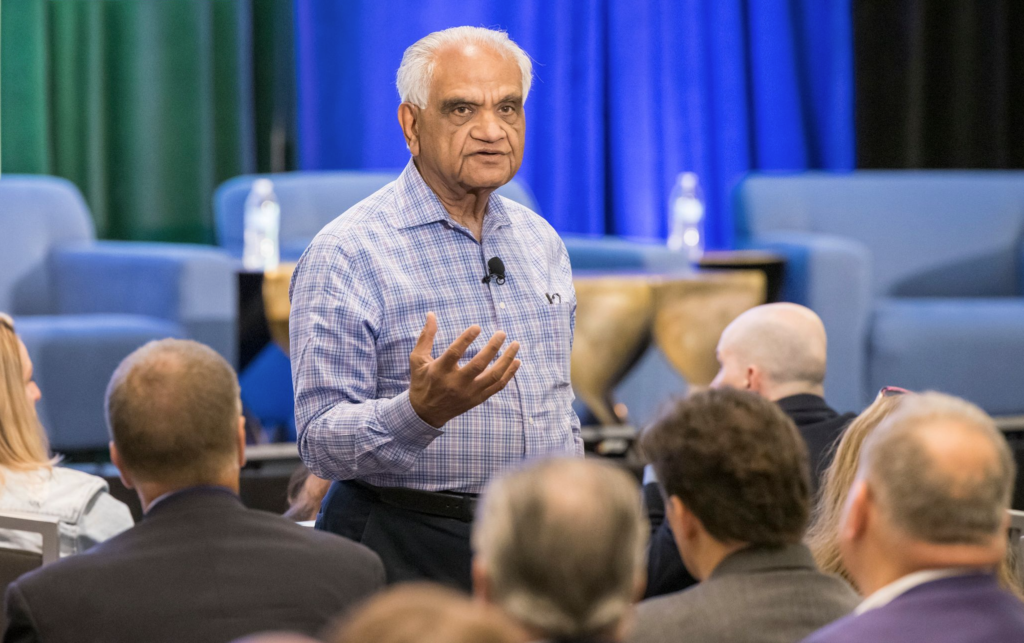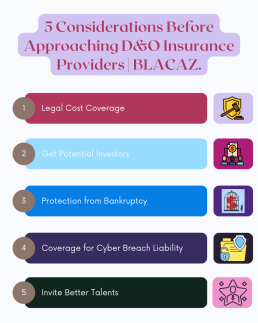Supply chain salary and career report shows minimal impact from the Great Resignation

The Association for Supply Chain Management (ASCM) released the findings of its 2022 Supply Chain Salary and Career Report. The annual survey found supply chains were minimally impacted by the Great Resignation. According to the report, 14% of respondents found a new job, up only 2% from last year. The data also revealed career satisfaction remained exceedingly high despite the continuous strain of supply chain disruptions.
“This past year brought continued uncertainty across all industries and supply chain professionals were once again under tremendous pressure to keep pace with a never-ending stream of disruptions,” said ASCM CEO Abe Eshkenazi, CSCP, CPA, CAE. “Amid all these global challenges, it’s reassuring to see supply chain professionals remaining resilient and committed to their vital work and this dynamic industry.”
Flexibility and strong salaries
As many industries struggle with balancing return to work policies, supply chain professionals are thriving in the hybrid world created by the pandemic. According to this year’s report, two-thirds of supply chain professionals work in a hybrid or permanent work-from-home setting, demonstrating the flexibility that many in today’s workforce seek when evaluating career options.
Salaries and compensation continue to rise with survey respondents reporting an average of a 9% pay increase. Overall, total compensation has increased by an average of 12%, with the median package being just under $100,000.
Read the original article from SCMR
Gartner’s rankings of the 2022 Global Supply Chain Top 25 revealed

Gartner, Inc. has released the results from its annual Global Supply Chain Top 25, identifying leading supply chains and highlighting their best practices.
“Nineteen companies achieved the highest possible environmental, social and governance (ESG) score this year, reflecting the growing importance supply chain leaders assign to these initiatives,” said Mike Griswold, vice president team manager with the Gartner Supply Chain practice.
Cisco Systems scored the top spot in the ranking for the third consecutive year, followed by Schneider Electric, Colgate-Palmolive, Johnson & Johnson and PepsiCo. Three companies joined the list for the first time: Microsoft, Siemens and AstraZeneca.
“Cisco continues to adapt in various ways to the changing environment, and its supply chain moves in alignment,” Griswold said. “ESG is a big focus, with circular concepts incorporated in the design, operations and consumption aspect of the products and the supply chain.”
To recognize sustained supply chain excellence, Gartner introduced the “Masters” category in 2015. To be considered Masters, companies must have attained top-five composite scores for at least seven out of the last 10 years. All of last year’s Masters - Amazon, Apple, P&G, McDonald’s, and Unilever – again qualified for the category this year.
“All of the Masters provide prime examples of how to deliver agility and responsiveness at scale for sustained periods of time,” Mr. Griswold added. “Other chief supply chain officers (CSCOs) can look to them and the other organizations in the ranking to learn their best practices.”
The report is available here.
Read the original article from SCMR
Strategies for Leading Through Difficult Times

Leaders have had a very tough two years, trying to reassure and focus employees in the face of constant uncertainty, often struggling with their own stress and burnout as they address the rising mental health challenges of their employees. How can they stay centered, providing a clear and upbeat message to their teams while having to pivot frequently as conditions change? Here are three practical strategies for leaders to take care of themselves, all centering around understanding and managing one’s own mind: Beware of your ego; choose courage over comfort; and practice caring transparency.
For the past two years, leaders have been performing a high-wire act: seeking stable footing while dealing with a disruptive and unpredictable pandemic, struggling to hire amidst a 15-year high in talent shortages, and revamping policies to meet employee demands for more flexibility at work. Multiple waves of coronavirus variants and an outbreak of war in Europe have left leaders in a daunting place — trying to reassure and focus employees in the face of constant uncertainty while having no real clue what will happen next. They are being told to “embrace uncertainty” as if that’s a natural and easy thing to do. (It’s not.) And their own struggles with stress and burnout often take a back seat as they address the rising mental health challenges of their employees.
San Francisco tech firm closing all offices, going remote

Nearly two-thirds (64%) of employees forced to return to the office full-time say this makes them more likely to look for a new job, according to another study. In fact, earlier this month, Ian Goodfellow, director of machine learning at Apple, resigned due to the Cupertino, CA-based company’s return-to-office policy.
With workers out of the office, TaskRabbit is looking to host monthly get-togethers.
TaskRabbit is also giving workers more time to rest. The company is providing corporate employees with two “wellness weeks” a year, during which workers will get paid time off, according to The Washington Post’s report.
Two-thirds of Americans have already taken a workcation and 94% plan to workcation again in 2022 and into the future, according to a survey of more than 1,100 American workers by Passport-Photo.online.
While workcations are no panacea, there are some reasons why they could be valuable to employees, particularly amid today’s turbulent times. “For one, they let [you] change up your environment. That in itself could make you more productive and help devise unorthodox solutions to problems you’re stuck on. On top of it, workcations often allow employees to disconnect, distress, and breathe fresh air after the workday, which is key to tackling physical or mental exhaustion,” said Max Woolf, writer at Passport-Photo.online.
FASB takes up environmental credits, carbon offsets

Dive Brief:
- The Financial Accounting Standards Board (FASB) has agreed to move ahead with a project to set new standards for how companies account for environmental credits such as those obtained for carbon offset programs and renewable energy credits/certificates (RECs).
- The U.S. standard setter’s unanimous decision to add the project to its technical agenda signals a shift from 2019 when the board opted against addressing credits related to emissions trading and other environmental markets and comes amid increased interest from regulators, companies and investors in environmental, social and governance (ESG) issues.
- “Clearly this is a pervasive issue,” Board Member Frederick Cannon said during a meeting Wednesday. “ESG investment is growing very fast and this is at the intersection between the financial statements and ESG Issues."
Dive Insight:
FASB is one of a number of standard setters and regulators worldwide that are working on moving to establish uniform rules that will ultimately guide CFOs with ESG-related business models and investments.
The International Sustainability Standards Board (ISSB) is seeking to build a consensus of regulators from the U.S., Europe, Japan and other jurisdictions on disclosures about climate risk and other ESG issues. In March the Securities and Exchange Commission (SEC) proposed that companies follow detailed rules for reporting climate risk, saying businesses will benefit from clear, uniform disclosures.
As part of a presentation before the board this week, FASB project manager Michael Lupo said he anticipated additional momentum for ESG stemming from the SEC's move. The staff recommended adding the environmental credits project to the board’s active agenda.
Read the original article from CFO DIve
What Leaders Need to Know Before Trying a 4-Day Work Week

While there is no easy way to address concerns about how (and how much) we work, research tells us that no matter what we do, taking a holistic, long-term focus on the well-being of the workforce is the best path to both happiness and prosperity. Maybe the answer is a four-day workweek. Or maybe it’s something else. But we must start with an honest appraisal of how productivity and time trade-offs impact the well-being of workers. Before trying a four-day workweek, employers need to be aware of two important factors. First, a reduction in hours must also be accompanied by a revision of or even reduction in workload. Second, time at work could become even more intense and stressful for workers, even if there are productivity benefits to be had.
Despite the gains workers have made through the Covid pandemic in increasing flexibility in where they work, bigger workloads have meant that there is little slack in the system for people to take time out and recover. The effects are obvious. In 2020, 62% of people reported that they had experienced burnout “often” or “extremely often” in the previous three months, and in 2021, 67% of workers reported that stress and burnout had increased since the pandemic.
5 Considerations Before Approaching D&O Insurance Providers

Small firms frequently believe that they do not require insurance for directors and officers since they will not face such claims. However, D&O claims can affect any organisation, including public, private, and nonprofit entities. The following are five reasons you should get D&O insurance from trusted Singapore providers.
#1 Legal Cost Coverage
Lawsuits filed against directors and executives range from modest cases to significant securities class action claims. Firms can remedy these challenges quickly and consistently with proper D&O insurance coverage from trusted providers.
#2 Get Potential Investors
Most investors desire a seat on the board. They will choose organisations with a solid D&O insurance policy in Singapore to limit their risk. Most institutional investor startup funding arrangements require a D&O insurance policy within 90 days of closing the transaction.
#3 Protection from Bankruptcy
Having enough directors and officers' insurance (D&O) is critical if your firm declares bankruptcy. Certain parties may point the finger at the leadership and demand that they reimburse the company's obligations. A solid D&O policy would respond and protect the executives in this circumstance.
#4 Coverage for Cyber Breach Liability
Cyber breaches are an ever-increasing concern. Customers and investors expect firms to implement proper cybersecurity safeguards, including cyber insurance for online attacks.
#5 Invite Better Talents
The quality management market is competitive. Top-tier executives and officials will not join a firm if their assets are at risk. Instead of worrying about the various risks connected with their employment, working with D&O insurance providers allows management to focus on making the best decisions possible.
BLACAZ. aims to assist CEOs, CFOs, Entrepreneurs, and Human Resources professionals in navigating the complicated insurance sector. Their objective is to make purchasing Business Insurance online as simple as possible for SMEs and startups. BLACAZ. provides customised insurance solutions based on client needs, including professional indemnity insurance coverage. Visit their website for more information.
Resisting the Pressure to Overwork

We all face internal and external pressures to overwork. But to be fulfilled in your life and career, you need to push back against those forces. First, understand that overwork is not necessary for professional success; if you find yourself triggered by others who believe it is, remind yourself of the truth with positive self-talk. Second, be clear on your values and follow them. Third, focus not on hustling to get ahead but on deeper goals and your craft. Fourth, find positive role models who have secured their achievement without overworking. And, finally, learn to ignore unreasonable requests, even when they come from the boss.
Few of us want to overwork. Even when our jobs feel meaningful, we’d prefer to work to live, not live to work. We benefit from also devoting time to other interests and hobbies, family and friends, leisure, and learning not related to our professions. Those are meaningful to us too.
Still, it’s easy get sucked (or suckered) into working too hard. To avoid this, you’ll need well-articulated strategies. Try these.
Understand that overwork is not necessary for success.
If you buy into that thinking, even just a tiny bit, you won’t be able to resist triggers, like others telling you about their overworking. This social pressure will activate your anxiety, with all the attendant emotional and physical reactions.
There Is A Roadmap Through Today’s Financial Crunch
 Ram Charan has a thing or two over most of today’s business leaders, and among them is this: He was advising CFOs and CEOs the last time that the economy hit the wall, nearly 15 years ago, and most of the current crop of corporate chiefs weren’t in major decision-making positions at that point. They have no roadmap for facing what’s ahead.
Ram Charan has a thing or two over most of today’s business leaders, and among them is this: He was advising CFOs and CEOs the last time that the economy hit the wall, nearly 15 years ago, and most of the current crop of corporate chiefs weren’t in major decision-making positions at that point. They have no roadmap for facing what’s ahead.
Relax—at least a little bit—was Charan’s message in a keynote at the CFO Leadership Council’s 12th Annual Leadership Conference. But it wasn’t an empty encouragement: Charan shared several specific strategic and tactical recommendations with the CFOs and other top finance executives who attended the annual gathering of Chief Executive Group’s CFO Leadership Council in Boston.
And Charan stressed why it is important for attendees to follow his advice in some form. “Each of you is a leader of your company,” he said. “Each of you is a leader in the finance function. And the finance function is crucial.”
Here’s the gist of Charan’s recommendations:
• Remember that cash is king. Manage your business “on the basis of cash, not on the basis of accounting,” Charan said, reminding his audience that Jeff Bezos built Amazon into a multi-billion-dollar company partly by putting cash on the throne of his operating philosophy.
Read the original article from ChiefExecutive.net
How to Spot — and Develop — High-Potential Talent in Your Organization

Organizations struggle to identify their next-gen leaders, and for good reasons. When you don’t know what the future will bring, how do you figure out who has — or can acquire — the right strengths to meet those challenges? Which high potentials will give you the best return on your development efforts?
Faced with these uncertainties, businesses tend to focus on what they do know: They look for people who’ve taken on more responsibility in their careers or have nailed their performance targets. In short, they look for future leaders by focusing on past track records. And this approach can work well if you’re filling a known role and candidates have had chances to demonstrate the required skills and characteristics.
But past performance doesn’t tell you who can do things they haven’t done before. It also doesn’t help identify high potentials earlier in their career. Your leadership pipeline could be missing out on other, potentially richer sources of talent — people who haven’t had equitable access to mentoring, sponsorship, development, and advancement opportunities.
To tackle this problem, we developed a model for predicting leadership potential that’s grounded not in achievements but in observable, measurable behaviors. Drawing on a database of more than 23,000 candidate assessments for roles at public and private companies, we conducted in-depth analyses of 1,500 individuals, from entry-level professionals to senior leaders.
Read the original article here



